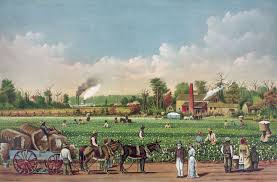Stamp: Calligonum (Yemen 1993)
Calligonum (Yemen 1993)
01 January (Yemen ) within release Calligonum goes into circulation Stamp Calligonum face value 8 Yemeni rial
| Stamp Calligonum in catalogues | |
|---|---|
| Yvert et Tellier: | Yt: YE 83 |
| Stanley Gibbons: | Sg: YE 126 |
Stamp is square format.
Black surcharge 8 rials on 110 fils|
Data entry completed
50%
|
|
|---|---|
| Stamp Calligonum in digits | |
| Country: | Yemen |
| Date: | 1993-01-01 |
| Emission: | Commemorative |
| Format: | Stamp |
| Face Value: | 8 Yemeni rial |
Stamp Calligonum it reflects the thematic directions:
A flower, sometimes known as a bloom or blossom, is the reproductive structure found in plants that are floral (plants of the division Magnoliophyta, also called angiosperms). The biological function of a flower is to effect reproduction, usually by providing a mechanism for the union of sperm with eggs. Flowers may facilitate outcrossing (fusion of sperm and eggs from different individuals in a population) or allow selfing (fusion of sperm and egg from the same flower). Some flowers produce diaspores without fertilization (parthenocarpy). Flowers contain sporangia and are the site where gametophytes develop. Many flowers have evolved to be attractive to animals, so as to cause them to be vectors for the transfer of pollen. After fertilization, the ovary of the flower develops into fruit containing seeds. In addition to facilitating the reproduction of flowering plants, flowers have long been admired and used by humans to beautify their environment, and also as objects of romance, ritual, religion, medicine and as a source of food.
Plantations are farms specializing in cash crops, usually mainly planting a single crop, with perhaps ancillary areas for vegetables for eating and so on. Plantations, centered on a plantation house, grow crops including cotton, cannabis, coffee, tea, cocoa, sugar cane, opium, sisal, oil seeds, oil palms, fruits, rubber trees and forest trees. Protectionist policies and natural comparative advantage have sometimes contributed to determining where plantations are located.


